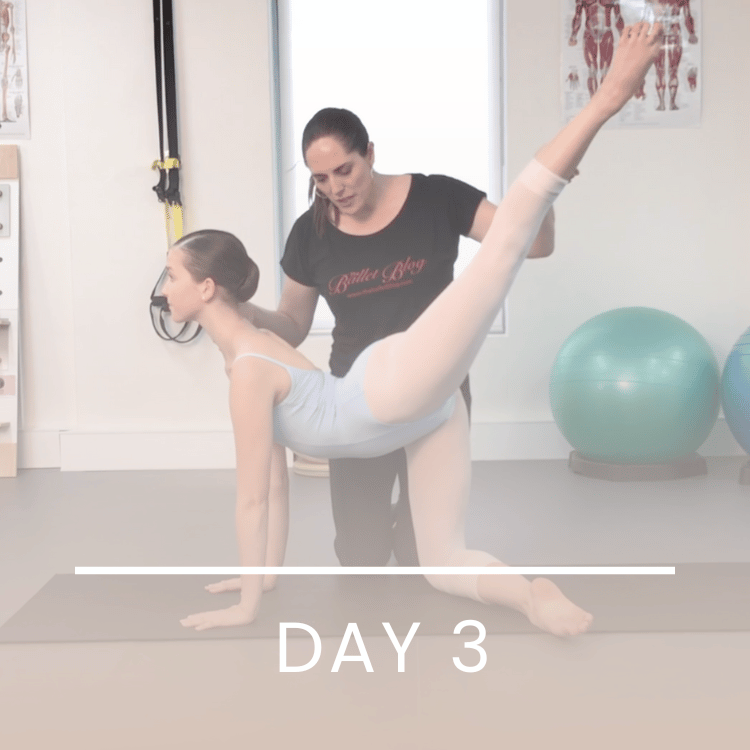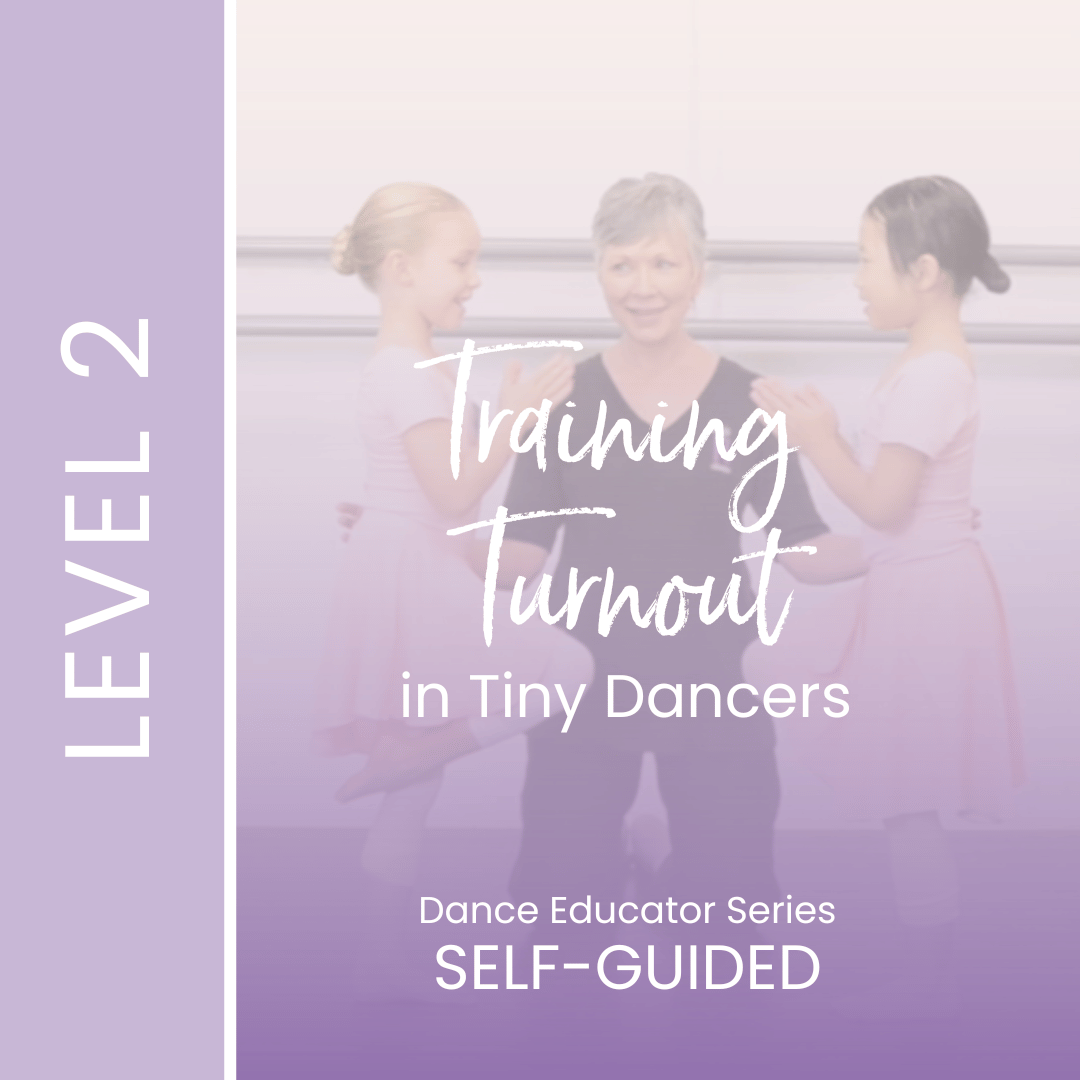DANCE EDUCATOR SERIES
Level 1 - The Fundamentals
Three Day Workshop
The in-person workshop is an extraordinary three days of full on learning. A perfect blend of theory and practical, with live demonstration models and plenty of self-exploration so you really "get it". It is a great way to get to know like-minded teachers in your area and feel empowered in your teaching right away.
Our aim with our Dance Educator Series has been to bridge the gap between dance class and the therapists clinic, providing workshops and courses to improve knowledge of how to prevent injury in the studio, and empowering Health Professionals with highly effective ways to get dancers back to their full capacity in the shortest possible time. It may seem unusual to train these two disciplines at the same time however our ultimate aim is to build local communities of like-minded individuals who can work together to help their dancers excel.

Postural Control: Day 1 commences with some exploration into the driving forces behind many dancers habitual standing posture, and the most effective ways of approaching this. Many dancers overcorrect their postural control and end up creating more tension in their body, or struggle to sustain their corrections. We also look at the dynamics of stability when moving in and out of static postures and how to work with this in the studio.
Warm Up vs Flexibility Training: We start this section with a discussion in the difference between appropriate warm up/cool down routines & flexibility training. We will discuss ideas for effective warm up routines for different class styles and suggestions for diverse age groups.
Flexibility Training: We then explore the nature of flexibility and why this is so variable in different individuals. We explore the nature of Fascia and how this is a major influence on mobility in all ages. We will also discuss the dangers of over stretching and partner stretching, especially at critical ages in a dancers’ training, and safer ways of achieving the same levels of mobility safely.
Core Control: True core control goes so far beyond doing hundreds of sit-ups, especially if dancers have had any experience of back pain. Good core control helps the dancer in a myriad of ways, from improving turns and adage to allowing an increase in flexibility! We look at a clever way to facilitate the bodies natural core stabilising system, and the subtlety needed for optimal stability. A graded system of assessing and developing core control is introduced, which can be used as a framework and be further customised by each teacher/therapist based on their specific genre & experience.

Basic Classical Technique: The importance of a physical screening process for any dancer can never be underestimated. This assessment may be done either by an experienced dance teacher or a therapist with a good understanding of the demands of dance. A huge number of issues that dancers face stem back to errors in their basic technique. Understanding the anatomical considerations behind the basic positions and steps required in classical ballet helps enormously, not only in preventing injury, but in enhancing performance.
We look in detail at:
- Standing in 1st & 5th position
- Demi Plié and Grand Plié
- Dynamic control of the foot on rise
- Tendu en Croix
- Retiré
We then work through exercises to improve each position based on the individuals own anatomy. This includes various massage and mobilisation techniques as well as specific mobilisers and activation exercises to move past previous restrictions.
Hip Assessment: Not all hips are created equal! Training turnout is probably one of the biggest challenges for dance teachers & therapists, as not many individuals are blessed with great range and control in all directions. On the afternoon of Day 2 we look at the hip in detail, and how to assess turnout range in all directions. Based on the findings of these assessments, we look at smart and safe ways of improving turnout range in all ranges.

Training Turnout and Hip Injuries: After improving our turnout range on Day 2, we then discuss ways of improving control of external rotation control in all positions (standing leg, en fondu, in retiré, devant, a la seconde and in an arabesque). A special note will be made on how to prevent and recover from hip injuries such as snapping hip and anterior hip pain.
Allegro and Returning to Jumps Following Injury: In this section we will focus on how to isolate just the right muscles in the dancers foot to help improve technique, balance and prevent injuries. We will also go through a series of exercises to help dancers achieve quiet jumps and ultimate height, which is essential when a dancer is returning to jumps after a period of time off. Retraining the correct movement patterns of jumping can be the difference between recurrent injury and complete resolution of the issue, as well as improving jump height in non-injured dancers!
Spinal Mobility: Many teachers report that their students are wanting to include elements to their routines that require far greater levels of flexibility in the back than they currently have. There are many unsafe ways that students attempt this, and teachers often struggle to give students safer alternatives. We discuss safe ways of improving range of motion in the spine as well as the dangers of pushing too deeply into back bends.
Improving Arabesques: One of the most challenging positions to achieve for classical dancers is a well placed arabesque, and it is one thing that does not necessarily get better simply by practicing the same thing over and over again. We will analyse the ultimate arabesque line, and look at exercises to improve each component, as well as exercises to help bring all of this together.

What others think!
It is always nice to hear what others think, so here is a selection of comments from Teachers and Therapists who have attended previous online workshops.















